As the trip draws to a close, I find myself trying to squeeze more and more out of it. It doesn’t help that I love Berlin so much. It’s a city with plenty to offer and is much, much nicer than I was expecting. Today, we started off with about 45 minutes at the German Resistance Memorial before heading to the river to drop Valerie off for a boat ride. She did her thing for a few hours while I worked my way through the Topography of Terror Museum. We finished off the day with an impromptu visit to Wittenberg, which turned out to be awesome!
German Resistance
Though I hardly had any time at the museum, the German Resistance Memorial is shaping up to be my favorite museum of this trip. It’s almost completely devoid of any historical artifacts. The entire museum is dedicated to the small minority of Germans that had the courage to stand up to their own country. I found out about the museum while watching the movie Valkyrie the other night. There was a quote from the museum at the end of the movie. As soon as we got to the museum, I realized that it’s in the very building where Claus von Stauffenberg, the main character in the movie, worked and was executed for his assassination attempt of Hitler. If you haven’t seen the movie, it is absolutely worth a watch.
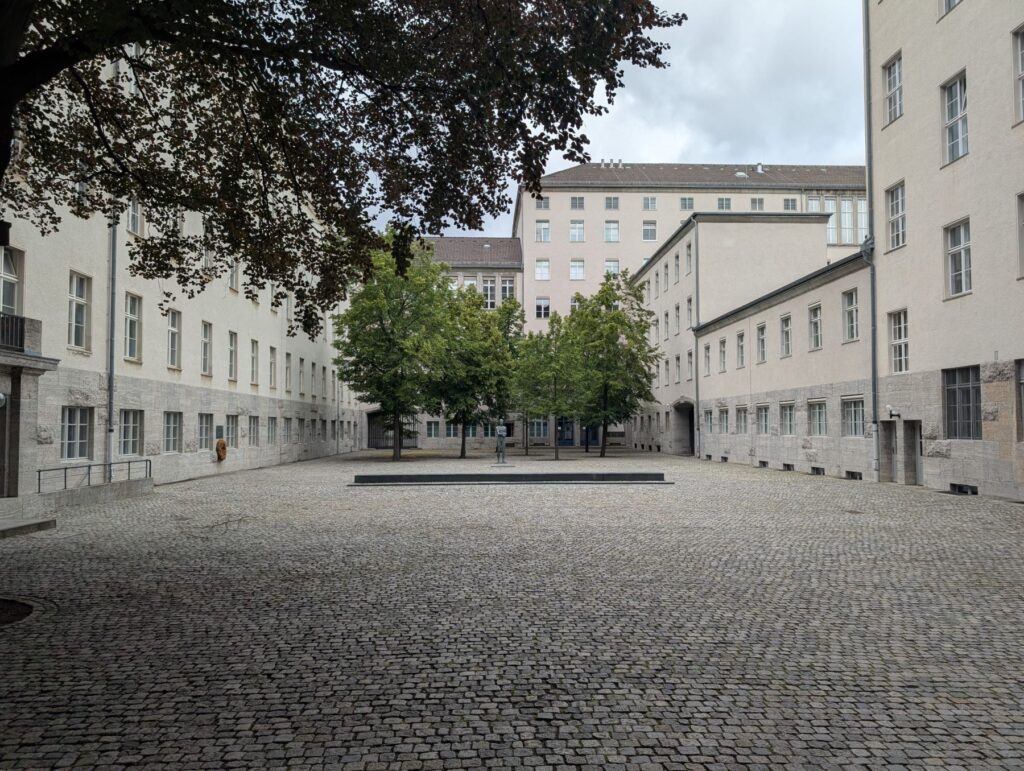
A couple of times on this blog, I’ve mentioned that the emotional burden of museum after museum was eventually going to cause me to break. I’m not there yet, but this one is the one that nearly did it. To read through so many stories of people resisting their own country for year after year after year is tough. One in particular stood out to me today.
Robert Limpert was a schoolboy for most of the war. He graduated high school in 1943, less than two years before the war would end. He was a devout Catholic and he had been outspoken against the Nazi-instigated war for years, often tearing down state-sponsored flyers and putting up his own. When Robert was just 19 years old, the Americans were drawing close. Hitler ordered every town to fight to the last man and bullet. Robert knew this would cost pointless lives, so he gathered up some old school buddies to tear down defense notices in the night, replacing them with letters asking people to instead throw up white flags when the Americans came. He even got the mayor to agree. However, two Hitler Youth boys caught him tampering with flyers and reported him. Robert couldn’t escape. He was captured by the local Nazi official and personally hanged by him the day before American troops arrived. Robert’s friends created a memorial for him that ended up vandalized multiple times and eventually removed. It wasn’t until the 1990s that Robert would finally get the memorial service and plaque that he deserved.
The museum is full of stories like Robert’s. Some people resisted actively in their hometowns. Some resisted passively or privately. Some were violent, some were not. Each story contains bravery and an opportunity to learn what living by your conscience or faith means.
I plan to go back to the museum in the morning. There are so many stories to read and I want to absorb as much as I can. There’s much more to share, particularly about Christians that resisted. I’m looking forward to the morning!
Boat ride
From the museum, I took Valerie to go hop on a river cruise. It made us both happy! She didn’t have to go to another museum and I didn’t have to feel bad about dragging her to one. Win-win! She navigated all the way there on her own, so now we both feel confident about splitting up once in a while. I didn’t hear much about her cruise but I think she had a good time.
Topography of Terror
This museum was another reminder of how fortunate I am to be living when I am. Until the 1990s (of course) the site was long forgotten as a historical location. Today, the Topography of Terror museum stands where the Gestapo headquarters once were. All that remains now is the framework of the basement where political prisoners were held captive. Today, it contains one of the main exhibits.
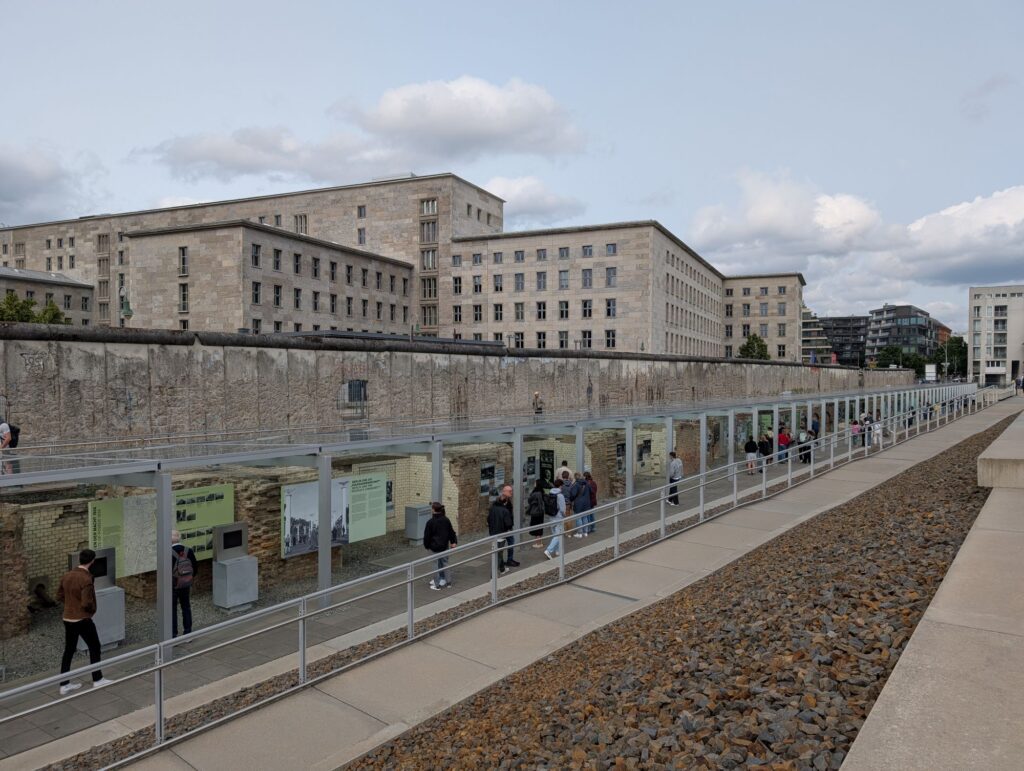
The museum details the worst of the Nazis. From Heinrich Himmler to Adolf Eichmann, each leader of the SS, Gestapo, concentration camps, and more is catalogued in great detail. The gradual increase in persecution and execution of various people groups is also shared ad nauseum. Much of the information about the Jews, SS, and other famous groups from WWII was stuff I already knew. I learned quite a bit though. Noteworthy is that Hitler sought to completely exterminate or drive out all of the Slavic people from Russia, Poland, Belarus, Ukraine, etc. This resulted in the order to kill or work Soviet prisoners of war to death whenever possible. Of the six million Soviet POWs taken by the Germans, over half were killed. I’d always heard that the Soviets were extra harsh on the German people towards the end of the war; today I found out why.
How torture and killing came so easily for them. At the end of the main exhibit, there were a couple sections about justice. I learned that very, very few of the Germans that actively engaged in mass murder were actually brought to justice. Most faded back into society after the war, becoming salesmen, insurance agents, mechanics, and farmers. Those that were convicted often had their sentences shortened for various reasons. Germany wanted to move on and forget. Time produced leniency. It wasn’t until the 1960s and 70s that a renewed effort to enact justice was made. Trials started up again but many still escaped consequences. In the 90s, laws were passed that revoked exemptions and the statute of limitations for several war-related crimes. That’s why we still occasionally see trials for Nazis today. I clearly remember a 90+ year old man being sentenced to life in prison when I was in college because of his crimes during the war. It’s late but I guess it’s good that we’re trying to right past wrongs.
As I moved through the museum, I found myself getting angrier and angrier at what these people did. To think that so many would escape any consequences at all was infuriating. I thought to myself multiple times that prison sentences weren’t enough. These men that had murdered so many all deserved death, no exceptions. It was a thought that I sat on for most of the day. I’m a devout pacifist — the death sentence has been a big issue for me for years. Something about what I read sure made me question that though. The more I let the thought simmer, the more I thought of God’s grace. It’s offered to every human and He loves every one of us. That’s easy to believe when I’m only thinking of decent or even just annoying people. Today, that was hard to believe. To think that every evil act can be forgiven all the way down to the conspiracy of genocide is something to really ponder. It doesn’t mean there shouldn’t be consequences. It just means that I need to recognize that true justice will only ever be served by God alone. And it certainly will be someday.
Wittenberg
After that tough experience, we tried to go to our scheduled tour of the Reichstag building. Unfortunately, I scheduled it for the wrong date. We were able to get tickets for tomorrow though! Instead of the Reichstag, we made a last-minute decision to take a train to Wittenberg to see Martin Luther’s church, where he nailed the 95 Theses just over 500 years ago. Though it wasn’t his intention to start a revolution, that small act kicked off the Reformation that led to Lutherans, Methodists, Mennonites, Baptists, and so many more Protestant denominations that we have today.
Wittenberg turned out to be a beautiful little town. It’s obviously filled with so much history and the buildings don’t appear harmed by the war at all. We learned that the water system built in 1556 using wooden pipes is still in use today in some parts of the city. It’s absolutely a place we’ll go back to.
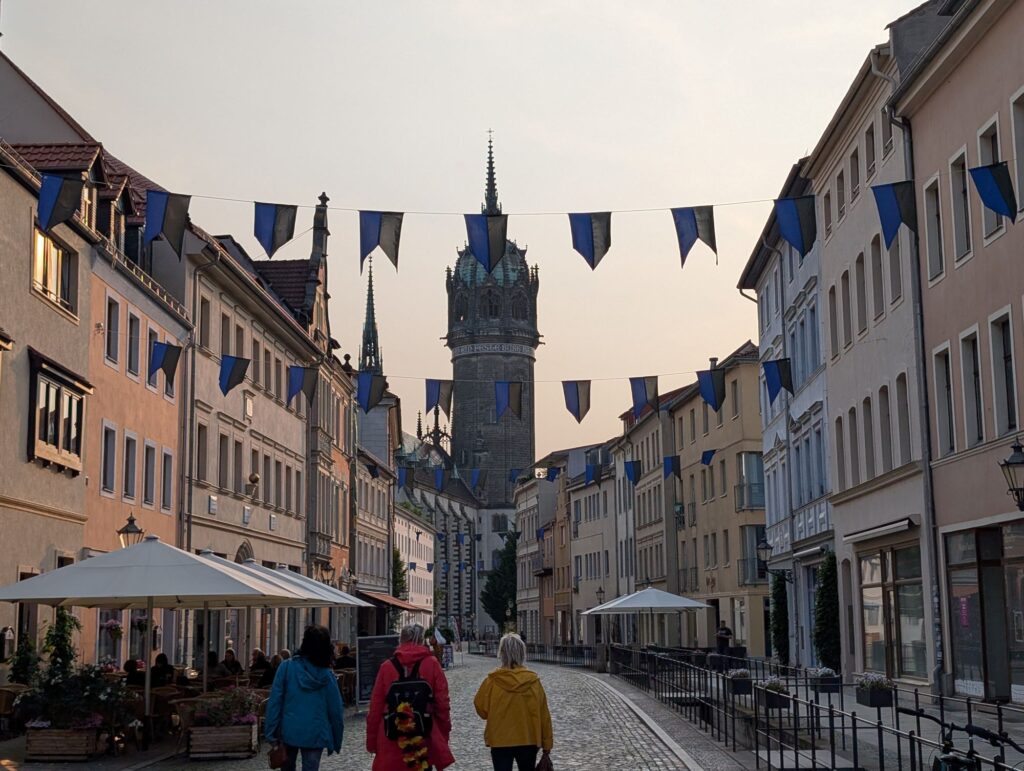
The famous Wittenberg door obviously isn’t called that in Wittenberg. I suppose every door in the town bears that name lol. The locals call it the Theses Door. The original one was lost in a fire 250 years ago but was replaced by a German king with the one we have today. Still, the location and the church remain the same. It was incredible to stand there and imagine Luther walking up to share his grievances, only to kick-start a worldwide Christian revolution. So humbling. God really uses the small people to do the greatest things.
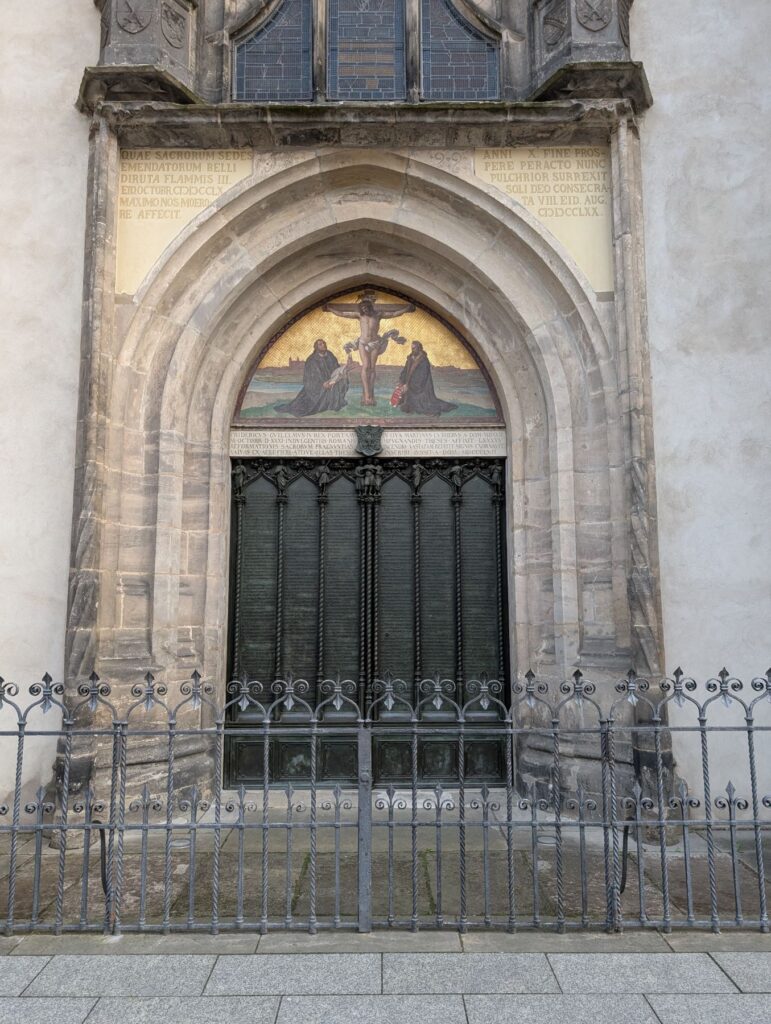
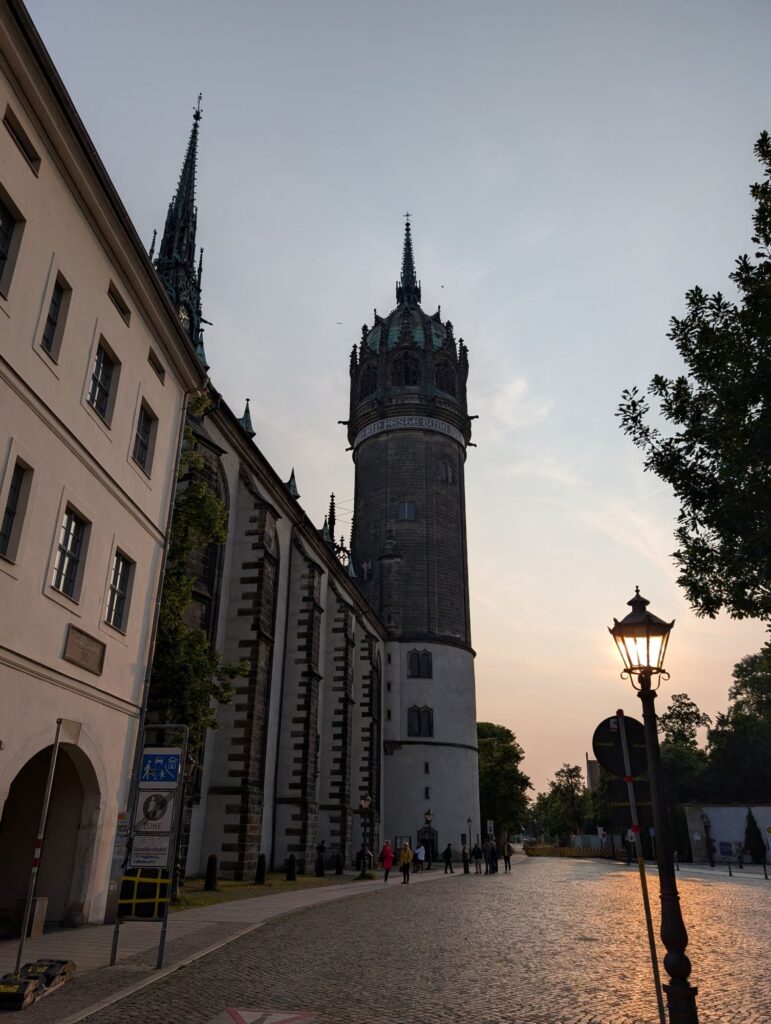
Frantic morning
We’ve packed a ton of stuff into the morning because our journey to Auschwitz will take 9 hours tomorrow. I need to get to sleep now. Much more to come!